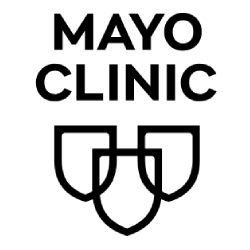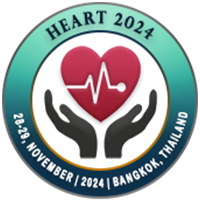
James Neal
Surgery Mayo Clinic, United States of AmericaTitle: Using a Modified CPD Blood Bag to Store Blood from either ECMO or RRT Circuit Blood in Pediatric Patients
Abstract
By adapting a citrate phosphate dextrose
(CPD) whole blood storage bag, residual
blood from a renal replacement therapy (RRT)
circuit can be saved in pediatric patients,
decreasing in donor exposure later. The
techniques used for autologous preoperative
blood storage are the basis of storing the RRT
circuit blood. The CPD anticoagulant has a
benefit of having a commonly used reversal
agent for its anticoagulant properties, i.e.,
calcium. Also, unlike the traditional
anticoagulants used in extracorporeal
membrane oxygenation (ECMO), i.e., heparin,
and direct thrombin inhibitors, i.e., bivalirudin,
there is no increase in anticoagulation
laboratory parameters after administration.
The CPD volume in the bag is reduced but
keeps the original ratio the same between
CPD and blood. This is accomplished by
removing all CPD from the bag, adding back
only the exact amount of CPD needed for the
smaller amount of blood being transferred
from the circuit. The RRT circuit managed at
our institution uses 23 mL of CPD for 165 mL
of circuit blood when stored with this
technique. This calculation assumes a normal
patient calcium level. This technique has been
used successfully multiple times in more than
30 pediatric patients without incident for 7
years at our center. The CPD bag can also be
used to store the residual blood from ECMO
circuits after removal of ECMO to allow the
blood to be given back to the patient at a
later time by keeping the same citrate-toblood ratio.
Biography
James Neal completed his perfusion training at
Ohio State Univeristy. James has 21 years of
perfusion experience in both adult and pediatric
practice of ECMO and cardiopulmonary bypass
surgeries. James is a pediatric perfusionist at Mayo
Clinic in Rochester, Minnesota, USA. He
perviously held the position of program director for
the Perfusion Clinical Rotation at the Mayo Clinic
School of
Health Science. Additionally, he has published 14
peer reviewed articles. James also serves on the
editorial board of the Journal of Extracorporeal
Technology (JECT), and is a Fellow in Pediatric
Perfusion (FPP) in the American Society of
Extracorporeal Technology (AMSECT)

